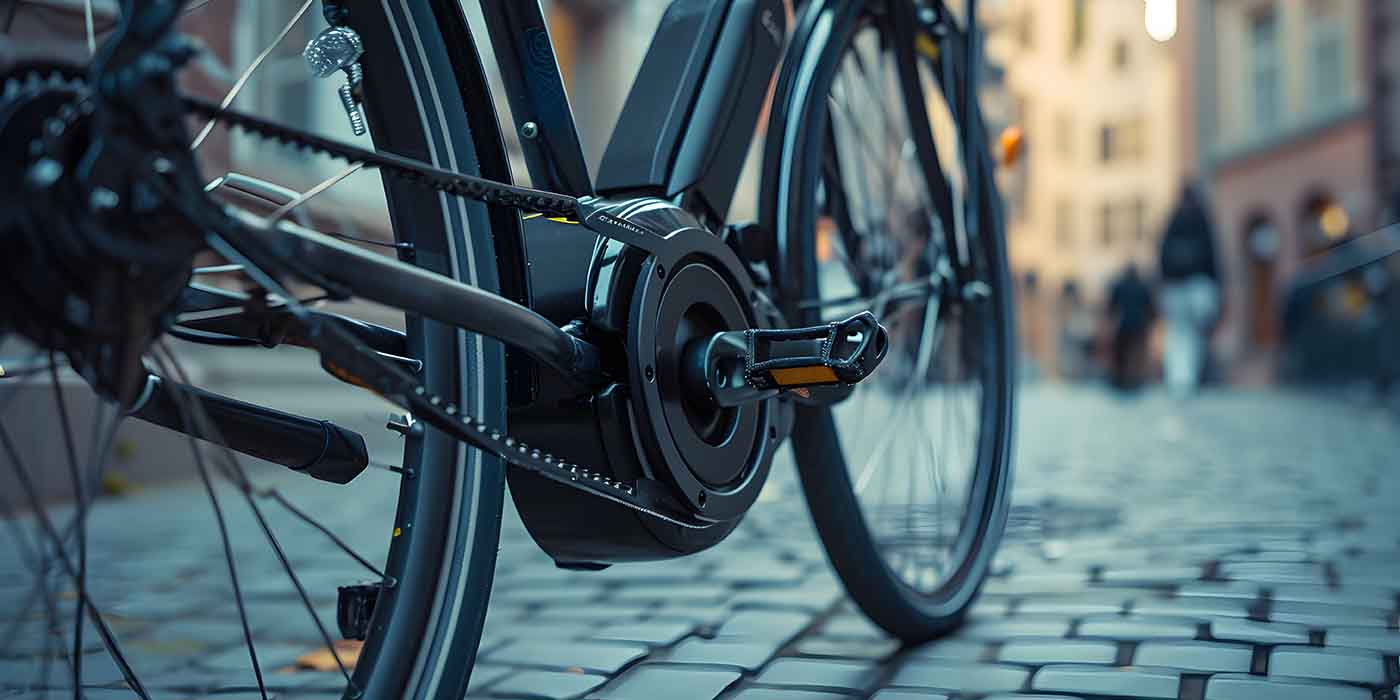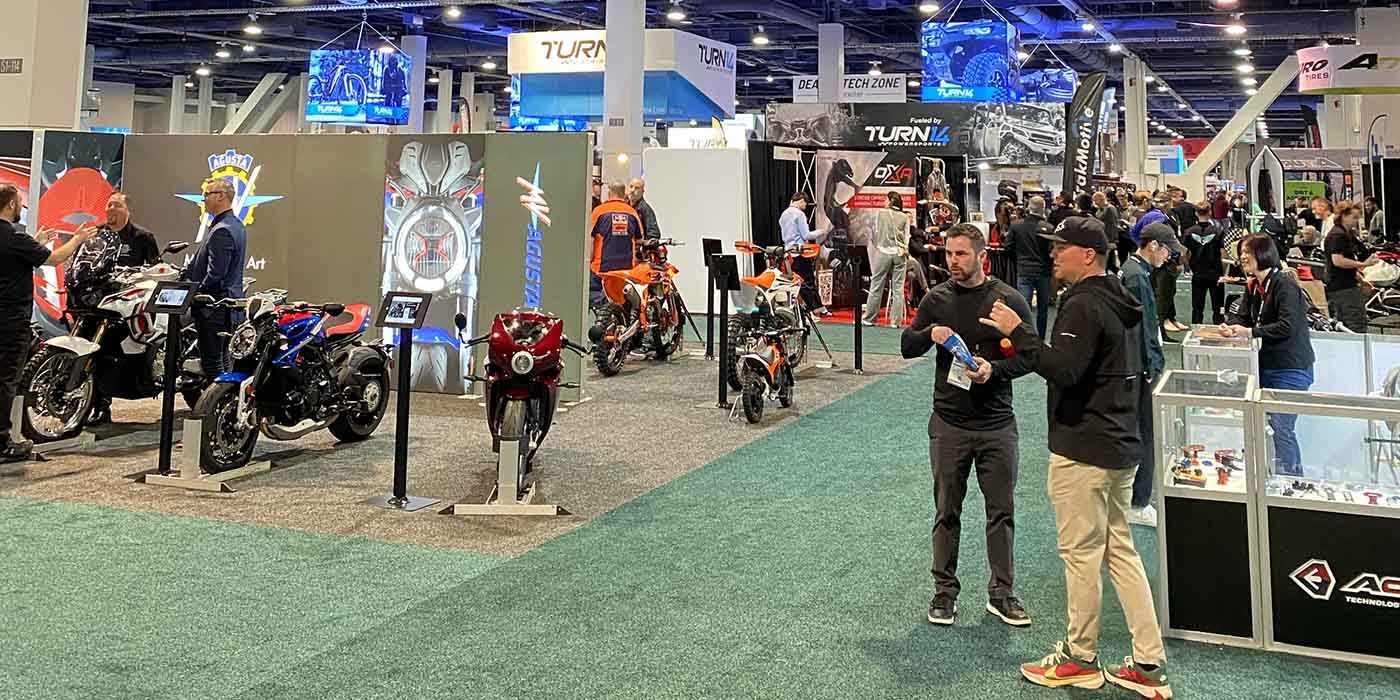“So what will you give me for my trade?”
The customer eyes you up with the intensity of a Turkish carpet trader at the Grand Bazaar in Istanbul. You look at his gleaming 9-year-old freshly washed ride and take in the custom paint job. It truly is a piece of work.
You’ve probably seen this on a bike before: an airbrushed wizard fighting off a mongoose surrounded by an army of rabid squirrels on the edge of an impossible cliff. Lots of time, money, effort and a little dash of crazy went into a piece like that.
It’s a tricky spot to be in. This person is convinced that the bike is worth a million bucks, and you know you’re either going to have to find the perfect wizard-loving, mongoose-hating buyer or a paint gun. You sigh as you think to yourself, “This isn’t going to go well.”
We’ve all been in similar situations. The fastest way to get punched during a deal is to insult the trade. It’s so common in today’s dealer world that we rarely think twice about running down a laundry list of scratches, dents, ill-advised accessories, bald tires and just plain bad taste when delivering a trade-in value. There are no winners at the conclusion of that conversation.
Endowment Effect
A research experiment tested what would happen if students who purchased sport bottles asked for more money than they paid for when someone wanted to buy the sports bottles back. Students purchased the bottles at various prices ($5, $7, $9) and used the bottles for a couple of hours while they engaged in other activities. When it came time to sell the bottles back, the students were offered exactly what they paid for the bottle initially. Almost none of them sold at that price; they all wanted more! This phenomenon is called the endowment effect. Once a person possesses an item, they attach a higher value to it.
Building Them Up, Not Tearing Them Down
What if we were to think unconventionally about trade value?
What if you started low and, through a series of compliments, added on dollars until you reached the amount you are willing to provide for the trade?
“Typically the trade-in value on your bike is $4,000,” you say, knowing what’s going to happen next. The customer immediately begins his Tomahawk Cruise Missile launch sequence. Just before he achieves lift-off, you chime in, “But, you’ve made some smart moves that will enable us to offer you more.” You can see the rage dissolve to pride in his eyes as he says, “Tell me more.”
Now you can relax and enjoy talking about what’s cool about the bike.
“Are these tires new? Great, we can add an additional $250 to your trade-in value. You’ve kept the paint original and in great condition — we can add another $500 to your trade. Have you done all of the scheduled maintenances? Great, we can add dollars for that, too!”
The options are almost limitless. This approach will make the customer feel like the customization and maintenance of his bike has paid off. Why start this deal off on a sour note?
Setting Expectations Earlier
When the subject of a trade comes up in the sales process, don’t be afraid to set some expectations. If a customer throws out an out-of-this-universe trade figure, don’t stop the music.
“Hmmm … $53,000 sounds like a lot of money for a 1979 Sportster. I don’t think we’ve ever come close to offering that sort of money. Here’s what I’m going to suggest: let’s find the right bike for you, then let’s look at your trade and talk about what’s fair.”
Previous Sales History
How do you get to that initial starting place? Start with all the books and guides you’d like, but nothing is as relevant or strong as your own personal previous sales history. If the last black 2010 Road Glide in similar condition sold for $14,500, it’s a good bet that it’ll bring similar but probably slightly lower money this time around. When you are about to send that offer over, you need to have a sales history to verify what that trade will sell for on your floor. If you have taken the time to crunch the numbers, then you’ll already know what you should offer on trade.
Time on Floor
Inventory costs money. You have to pay for it in cash flow, or you have to pay to floor plan it. Either way, that inventory sitting on your floor is gobbling cash and decreasing your real profit margin the longer it sits. If your average time on floor for Dyna models is 126 days, you had better take that into consideration when coming up with the number. What does this have to do with telling your customer what the trade is worth?
Buyers are more educated than ever. If you can statistically demonstrate how long their bike will take you to sell, you have demonstrated a logical and hard to refute reason for the trade-in value. Don’t be afraid to build them back up from this point with some extra dollars for quality components on their trade.
Auction Prices
Another great way to build your credibility as an expert on bike values is to head to your local auction and watch the gavel fall. There is no better insight to the market than the actual market itself.
“I was at the latest auction this past Friday, and a bike almost identical to yours sold for $12,300. Because you are a great customer and have taken care of your bike, I can give you $12,700 for it.” That sounds a whole lot different than, “I’ll give you $12,700, take it or leave it.” Which would you rather hear as a customer?
Want more ways to avoid a black eye? Stay tuned for part two!
An award-winning author, top-rated trainer and founder of Peak Dealership Performance, Mark Rodgers holds a master’s degree in adult education and the National Speakers Association Certified Speaking Professional designation — only 500 people in the world have this coveted recognition. Contact [email protected] to improve your performance.













